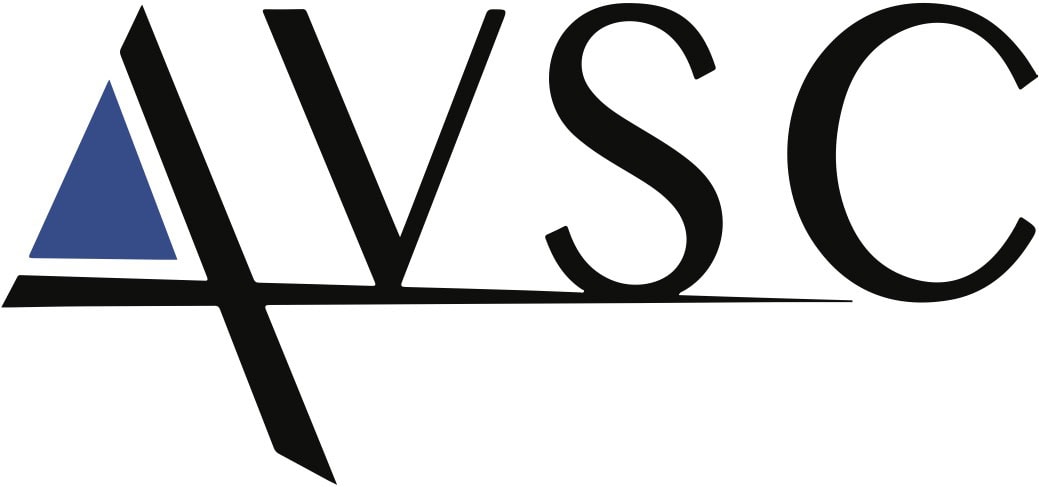Even though advanced ceramic matrix composites (CMCs) based on market-available fibers, including carbon and ceramic fibers, have already been developed, there is still a demand for new fiber materials with even better high temperature performance. In addition, interest in cost-effective CMCs has emerged in recent years and continues to grow. In order to make the materials accessible for widespread use, additional availability of low-cost fibers is also needed.
Ceramic fibers are the key components of ceramic matrix composites. Existing challenges include the microstructural degradation and low creep performance of oxide fibers and lack of long-term resistance of non-oxide fibers at high temperatures in oxidative atmospheres or under irradiation conditions. These issues are exacerbated by increased requirements for the production and use of composite materials. Research is therefore focused on pushing the performance limits to higher temperatures, improved thermomechanical stability and longer fiber lifetime, but also on more cost-efficient production processes.
For many applications, textile preforms made of ceramic fibers are used for the manufacturing of CMC components. In the simplest case, these are flat woven fabrics. But the development of more complex preforms, which can already be based on 3D woven fabrics, is also becoming increasingly important, although the handling of ceramic fibers for these purposes is still a challenge. However, this offers starting points for improving the processability of the fibers. Further developments in the field of woven textiles are aimed at fabrics with higher denier rovings, which can be produced more cost-effectively but place high demands on infiltration of ceramic matrices.
The performance of CMCs is not only determined by the fiber material and the matrix material. The fiber-matrix interface and interphase are critical components of CMCs, which also have an important influence on their fracture toughness and damage tolerance. An interface is a surface between two phases or between the fiber and the matrix. An interphase is a film of one or more layers bonded to the fiber and matrix. It therefore has at least two interfaces: one with the fiber and one with the matrix, and more if the interphase consists of several layers.
The key role of interfacial domain is to protect the reinforcing fibers from fracture, especially in aggressive atmospheres. This means meeting several requirements that may seem contradictory, such as, proper fiber-matrix bonding for material integrity, stopping and redirecting cracks that develop in the matrix at the interphase or interfaces, while the loads are still carried by the matrix to prevent overloading of the fibers.
Proposed Session Topics
- New developments in oxide and non-oxide ceramic fibers
- Characterization of the high temperature behavior of ceramic fibers
- Performance of ceramic fibers in corrosive environments
- Nanotubes or nanowires as reinforcements
- New developments of interphases in ceramic composites
- Performance of interfaces/interphase in extreme environments
- Reinforcement of interfaces/interphases
- New fiber architectures and structures for CMCs (high denier woven fabrics, 2D, 2.5D, 3D woven, braided, filament wound preforms…)
- Textile processing of ceramic fibers for producing fabrics and preforms
- Cost consideration for the development of competitive CMCs
- Characterization and evaluation of interfacial/interphase properties
Symposium Organizers
- Sylvain Jacques, LCTS, University of Bordeaux, CNRS, France
- Stephanie Pfeifer, German Institutes of Textile and Fiber Research, Germany
- Emmanuel Boakye, Air Force Research Laboratory, USA
- Prarthanaa Khokar, Fureho AB, Sweden
- Calvin Prentice, Archer Technicoat Ltd., UK
- Bernd Clauß, German Institutes of Textile and Fiber Research, Germany
- Judith Moosburger-Will, University of Augsburg, Germany
- Katsumi Yoshida, Institute of Science Tokyo, Japan
- Dong-Geun Shin, Korea Institute of Ceramic Engineering and Technology, Korea
- Cédric Sauder, French Alternative Energies and Atomic Energy Commission, France
Points of Contact
- Sylvain Jacques, jacques@lcts.u-bordeaux1.fr
- Stephanie Pfeifer, stephanie.pfeifer@ditf.de
